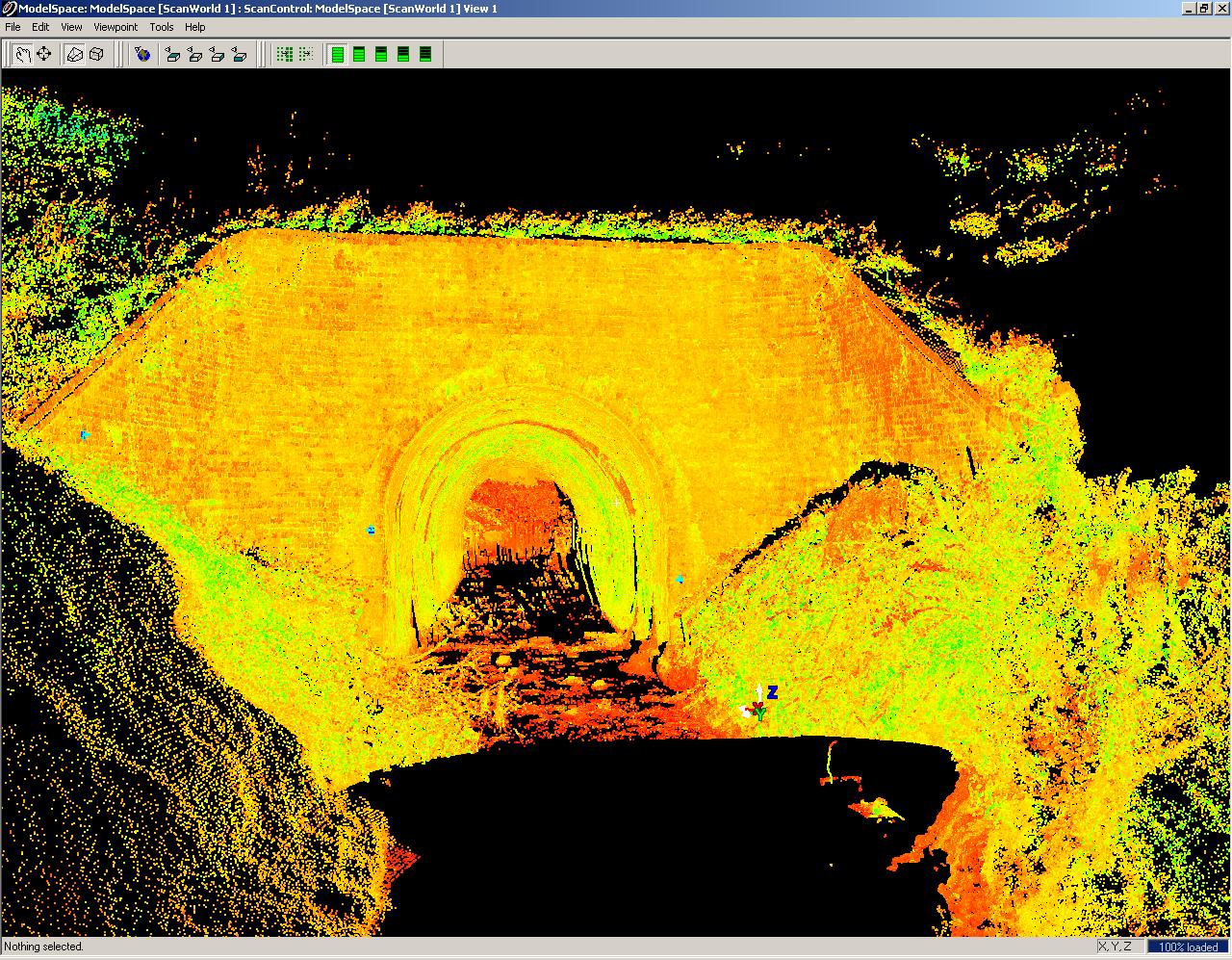During the past twenty years, Africa has seen unprecedented levels of regional and urban growth. Rural villages have given way to many major cities and consequently, a great deal of people have migrated to these locations in search of employment. Many African nations are now enjoying the benefits of the global communications revolution and the internet has become part of daily life. Thus, countless international business have begun to expand their operations into Africa. While this is of course a massive leap forward for African industry and commerce, a major concern is utilising advanced construction techniques to help keep pace with this rapid expansion.
For example, a growing urban population needs to be equipped with fuel, water, sanitation and reliable electrical grids. Parking garages and large apartment buildings are necessary to house a burgeoning population. A modernised network of roads can help cut overall transportation costs and, in regions such as Nigeria, which are known to house a large quantity of oil, efficient pipeline construction is essential. Such massive undertakings in urban renewal are indeed costly and one recent advancement known as laser scanning is seen as an excellent solution.
A Brief Overview of Laser Scanning
Laser scanning is a process whereby lasers are employed to provide an instant three-dimensional image of a given area. This high-definition surveying allows a construction company to measure all aspects of a location, thereby allowing them to accurately ascertain the complete surface geometry of a wide variety of structures and landscapes. This information is then rapidly downloaded to a computer where it can be viewed from multiple angles and shared amongst engineers and any other relevant project stakeholders. As opposed to traditional surveying and mapping methods, this technology saves both time and money while offering a more accurate depiction of the project itself.
3D laser scanning also mitigates safety concerns, as it can be performed from a safe distance and just as importantly, the measurements obtained are extremely accurate. This can reduce engineering field time, help avoid any cost overruns, improve time frames and dramatically abate labour costs and man-hours on site. These are some of the primary reasons why this method of surveying is ideal in industries such as oil and natural gas distribution. By saving money on initial measurements, these funds can thereafter be reallocated into assuring quality materials are used in the construction process.
The Importance of Laser Scanning to Private Companies
Such complex projects are often undertaken by domestic companies in the private sector and therefore an accurate budget is of paramount concern. Indeed, enterprises such as Deux Projects Ltd. are keenly aware of the cost-effective benefits associated with laser mapping. In fact, Olatunji Olowolafe (also known as Dr. Tunji Olowolafe) of Deux Projects has already seen the advantages such devices can offer when undertaking such large urban renewal and infrastructure development projects.
This is one of the reasons why private corporations such as Deux Projects International have had the ability to provide quality results in relatively short periods of time, while simultaneously avoiding cost overruns. Not only does this help keep pace with the increasing demands of local and regional communities, but the accurate construction process helps ensure that the completed structures are safe and secure. We can expect this advanced technology to be adopted by countless enterprises as urban development expands across more regions of the African continent.
Written by:
Nnamdi’s day job as a lawyer means that he is involved on a daily basis with international development projects. He is passionate about the improvements to people’s lives that can come through improvements in national infrastructure in Africa, particularly in improving the delivery of health services, Nnamdi closely follows the work of Olatunji Olowolafe CEO of Deux Project Ltd focusing on the long term gains in economic development that comes with improved healthcare standards and the infrastructure developments needed.





